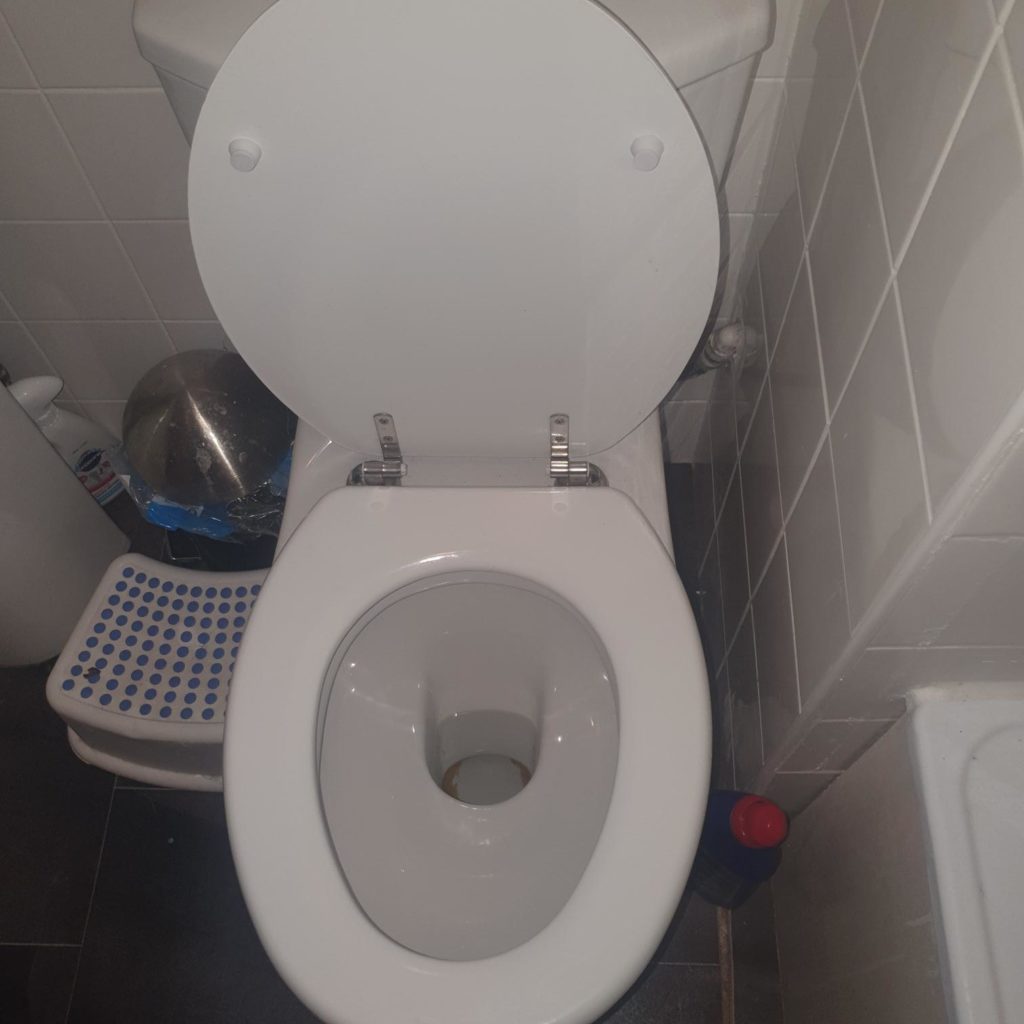Need assistance with toilet installation and repair? Look no further! This comprehensive guide covers everything you need to know about installing, repairing, and maintaining toilets. From step-by-step instructions to common FAQs, Bristol plumbers got you covered.
Introduction
Welcome to our comprehensive guide on toilet installation and repair. A functional and well-maintained toilet is essential for any household or commercial establishment. Whether you’re a homeowner looking to install a new toilet or facing issues with your existing one, this guide is here to help. We’ll walk you through the process of installation, provide tips for troubleshooting common problems, and offer insights from our first-hand experiences.

Toilet Installation and Repair: A Step-by-Step Guide
1. Understanding the Basics
Before diving into the installation or repair process, it’s essential to familiarize yourself with the different parts of a toilet. From the tank to the bowl, the flush mechanism to the wax ring, understanding these components will make the whole process smoother.
2. Choosing the Right Toilet
Selecting the perfect toilet for your needs can be overwhelming due to the various options available. From water-saving models to comfort height designs, we’ll explore different types of toilets and help you find the best fit for your space and preferences.
3. Tools and Materials You’ll Need
Before getting started with the installation or repair, gather all the necessary tools and materials. Our detailed list will ensure you have everything required, minimizing any last-minute trips to the hardware store.
4. Removing the Old Toilet
If you’re replacing an existing toilet, this step-by-step guide will assist you in safely removing the old fixture without causing any damage.
5. Installing the New Toilet
The most crucial part of the process is installing the new toilet correctly. We’ll guide you through each step, from setting the wax ring to securing the tank and bowl in place.
6. Testing and Finishing Touches
After installation, testing the toilet for leaks and ensuring proper functionality is vital. We’ll show you how to perform these tests and provide tips for adding finishing touches to enhance the overall appearance.
Common Toilet Installation and Repair Issues
1. Toilet Leaks: Causes and Solutions
Toilet leaks can lead to water wastage and damage to the surrounding areas. We’ll discuss the common causes of leaks and provide detailed instructions on how to fix them.
2. Weak or Incomplete Flushing
If your toilet isn’t flushing properly, it can be frustrating and unhygienic. We’ll troubleshoot the reasons behind weak or incomplete flushing and offer solutions to resolve the issue.
3. Clogged Toilets: Unclogging Techniques
A clogged toilet is a common household problem. Learn about the various methods to unclog your toilet without the need for a plumber.
4. Constant Running Water
The sound of a constantly running toilet is not only irritating but also adds to your water bill. Discover the potential reasons for this issue and how to stop the constant running.
5. Cracks or Damages
Cracks in the porcelain or damages to the toilet components can lead to leaks and inefficiencies. We’ll discuss the best course of action for addressing these issues.
6. Toilet Seat Repair or Replacement
If your toilet seat is loose or damaged, it’s essential to fix it promptly. We’ll guide you through the process of repairing or replacing the seat securely.
Frequently Asked Questions (FAQs)
Q: How long does it take to install a new toilet?
A: On average, a professional plumber can install a new toilet in about one to two hours. However, if you’re a DIY enthusiast, it might take a bit longer, especially if it’s your first time.
Q: Can I use the existing wax ring when installing a new toilet?
A: It’s generally not recommended to reuse the old wax ring. The wax ring can lose its effectiveness over time, and using a new one ensures a proper seal and prevents leaks.
Q: Why does my toilet keep running after flushing?
A: The most common reason for a toilet to keep running is a faulty flapper or flush valve. Replacing these components usually resolves the issue.
Q: How do I know if my toilet is leaking?
A: To check for leaks, add a few drops of food coloring to the toilet tank and wait for about 15 minutes without flushing. If you see the color in the bowl, there’s a leak that needs to be addressed.
Q: Can I use chemical drain cleaners to unclog my toilet?
A: It’s best to avoid using chemical drain cleaners in toilets, as they can damage the porcelain and exacerbate the clog. Instead, try using a plunger or a toilet auger.
Q: What are the benefits of a dual-flush toilet?
A: Dual-flush toilets offer the option of using less water for liquid waste and more water for solid waste, promoting water conservation and lower utility bills.
Conclusion
Congratulations! You’ve now gained valuable insights into toilet installation and repair. Armed with this knowledge, you can confidently tackle any toilet-related issues that come your way. Remember to follow safety guidelines and seek professional assistance when needed. A well-maintained toilet not only ensures convenience but also contributes to a sustainable environment by conserving water.